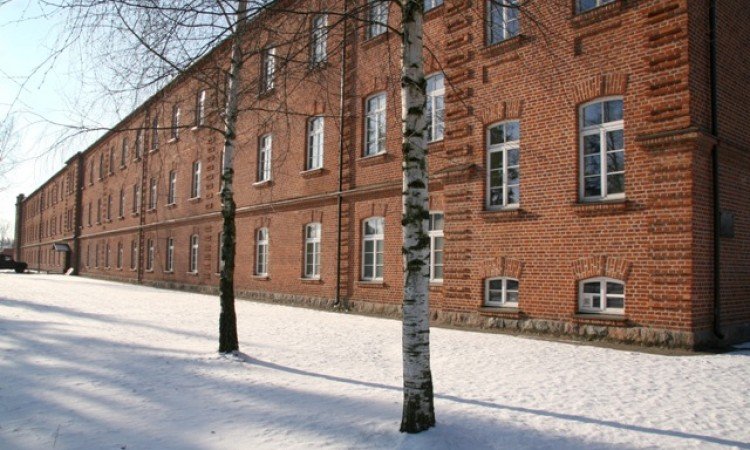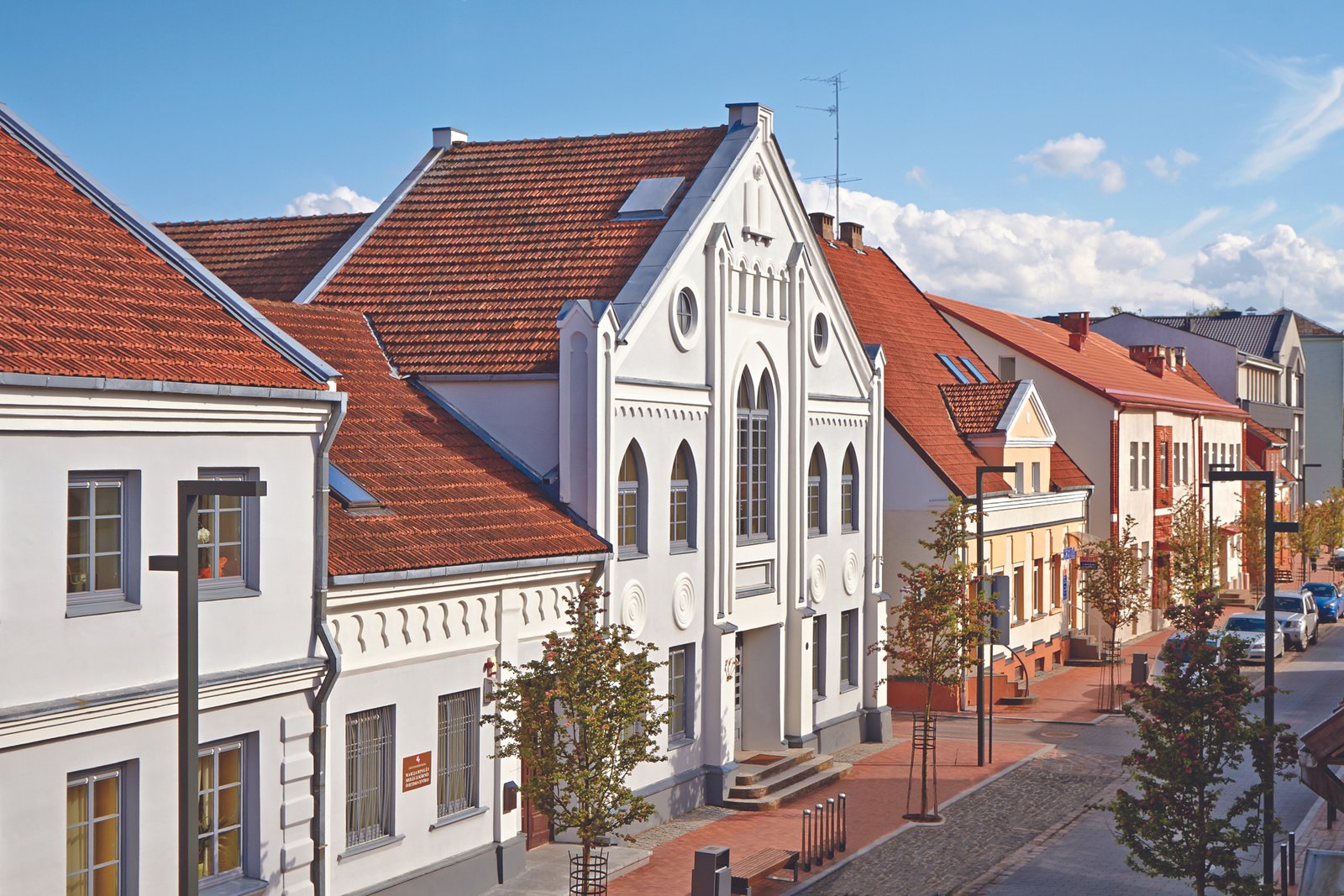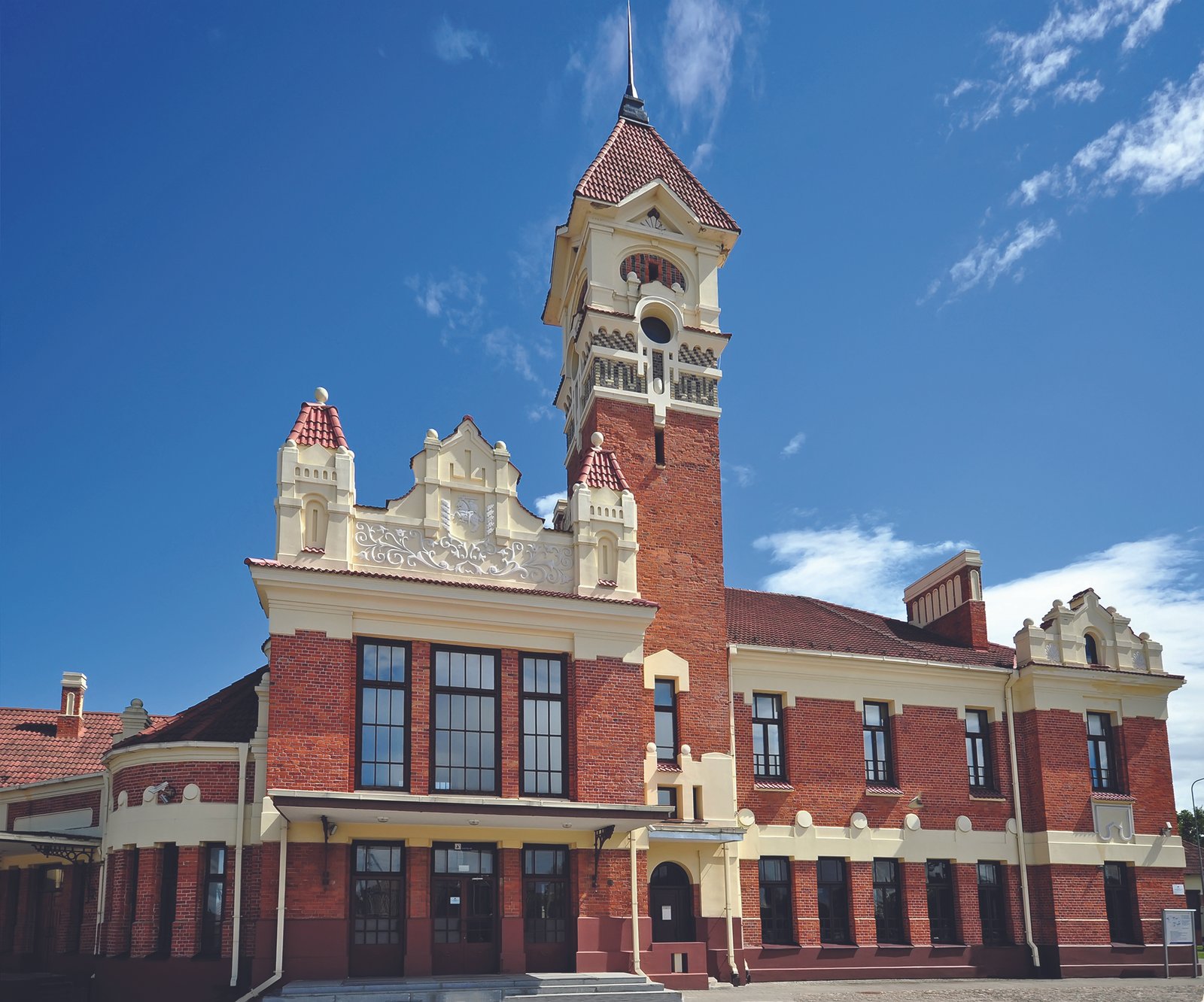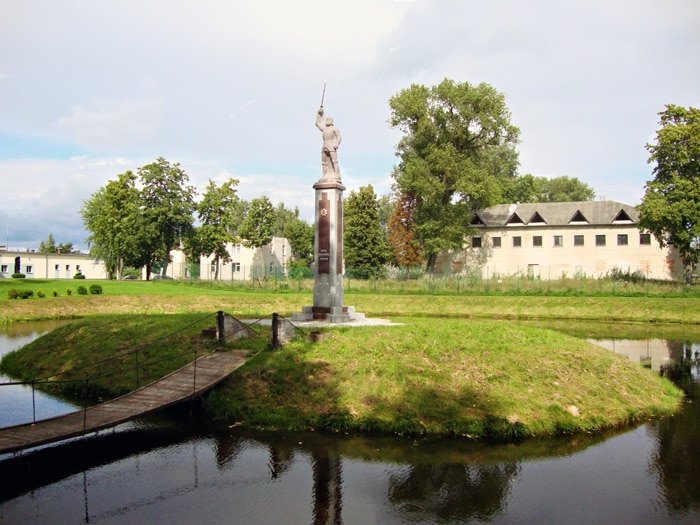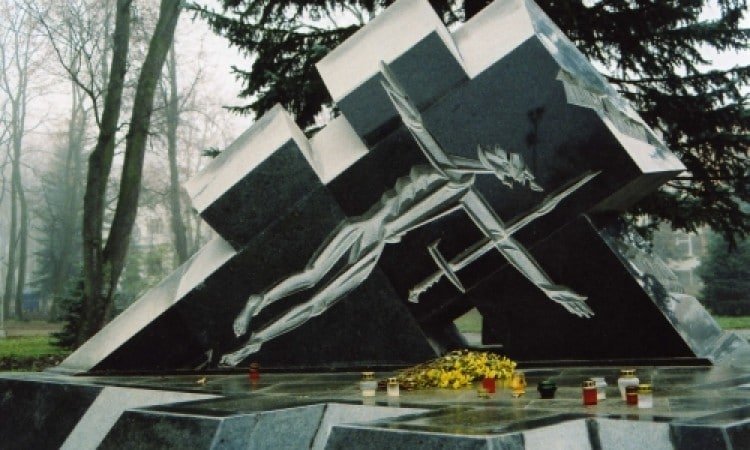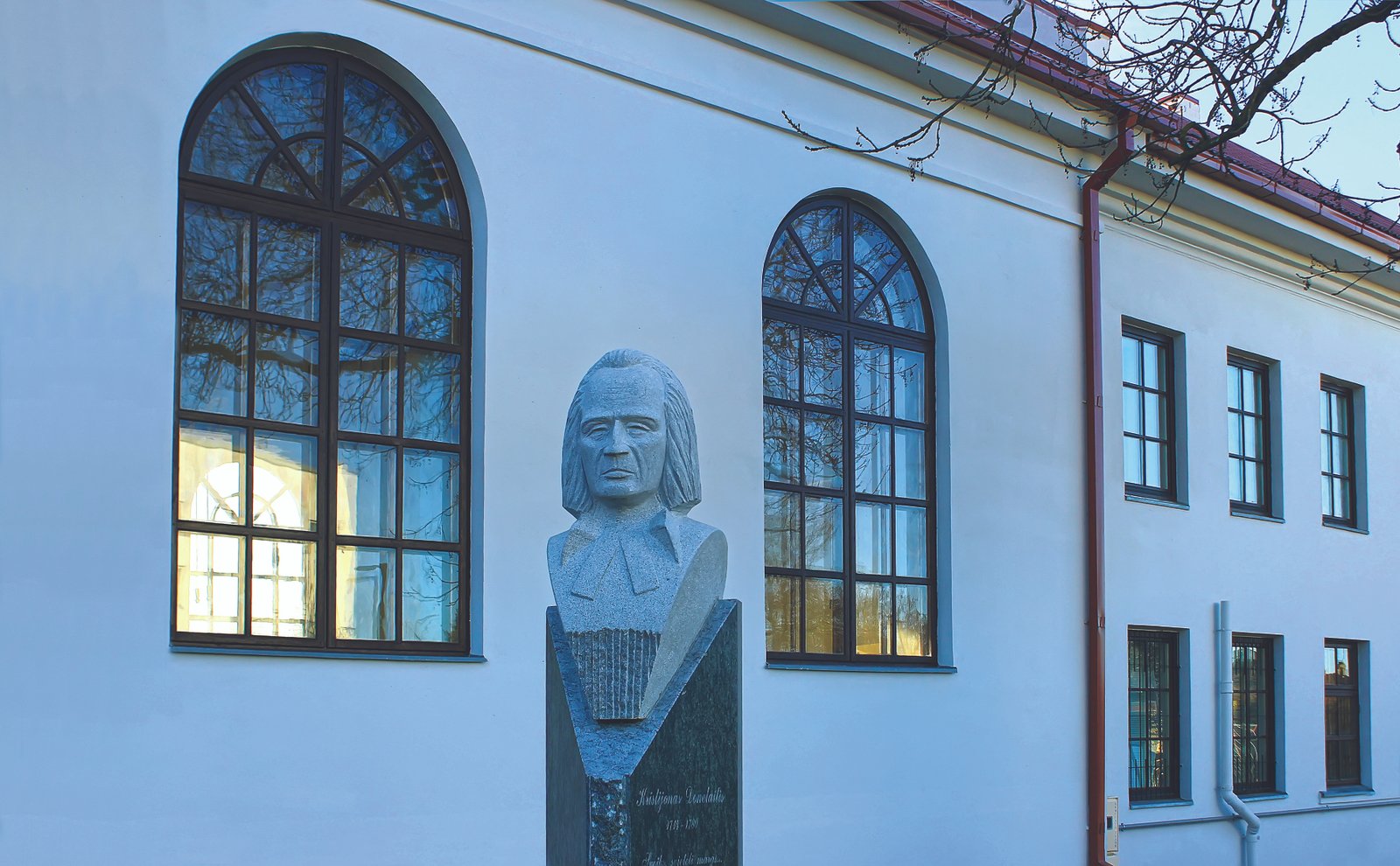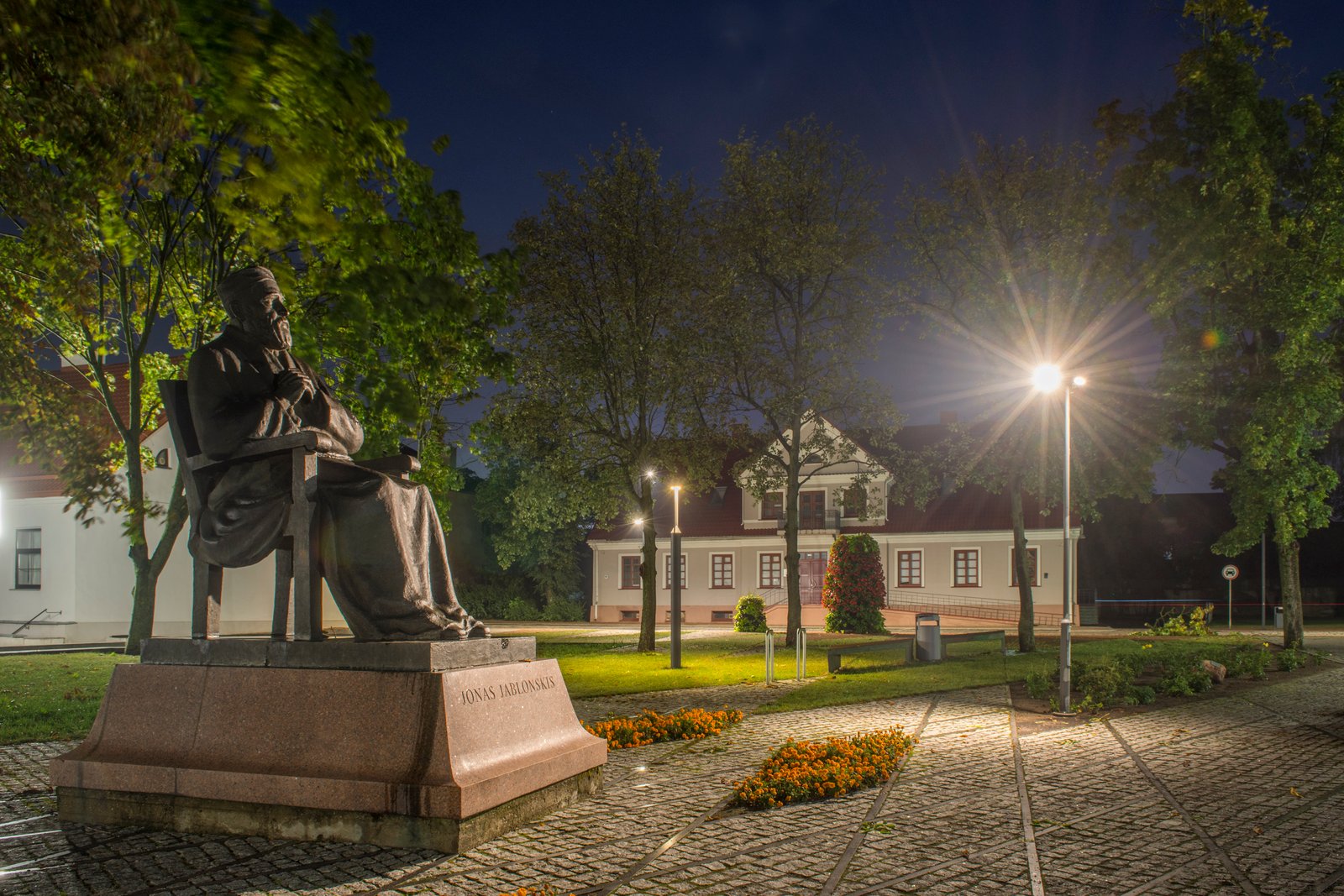According to historians, the Kvietiškis Manor was built in 1717 by Elder of Prienai Markas Antonijus Butleris and his wife Pranciška. It comprised a wooden mansion, 3 barns, 2 granaries, 3 stables, a grain storage chamber, cart storage and other buildings. At that time manors were built from the cheapest wood materials, therefore the first buildings of the manor did not survive to this day. In 1738, the Kvietiškis Manor was mentioned in the inventory of the Prienai eldership for the first time. The manor inventory of 1782 provides a view of the manor back in those days: it comprised 20,000 hectares of land, 35 villages and 7 villages related to the forestry business. During the land reform of 1926, the manor was left with only a large farmstead with 65 hectares of land. In the same year the Lower School of Agriculture was founded. For 45 years after the Second World War it operated under the name of Technical School of Agriculture. As of 31 August 2001 it is the home of a higher-education institution – Marijampolė College. Currently the remaining wooden manor house, dairy, warehouse with a basement, barn, janitor and farmhand houses are historically, architecturally and culturally significant.



